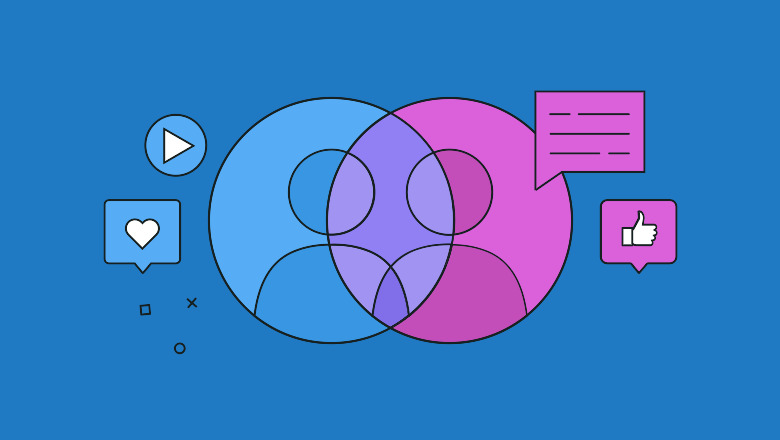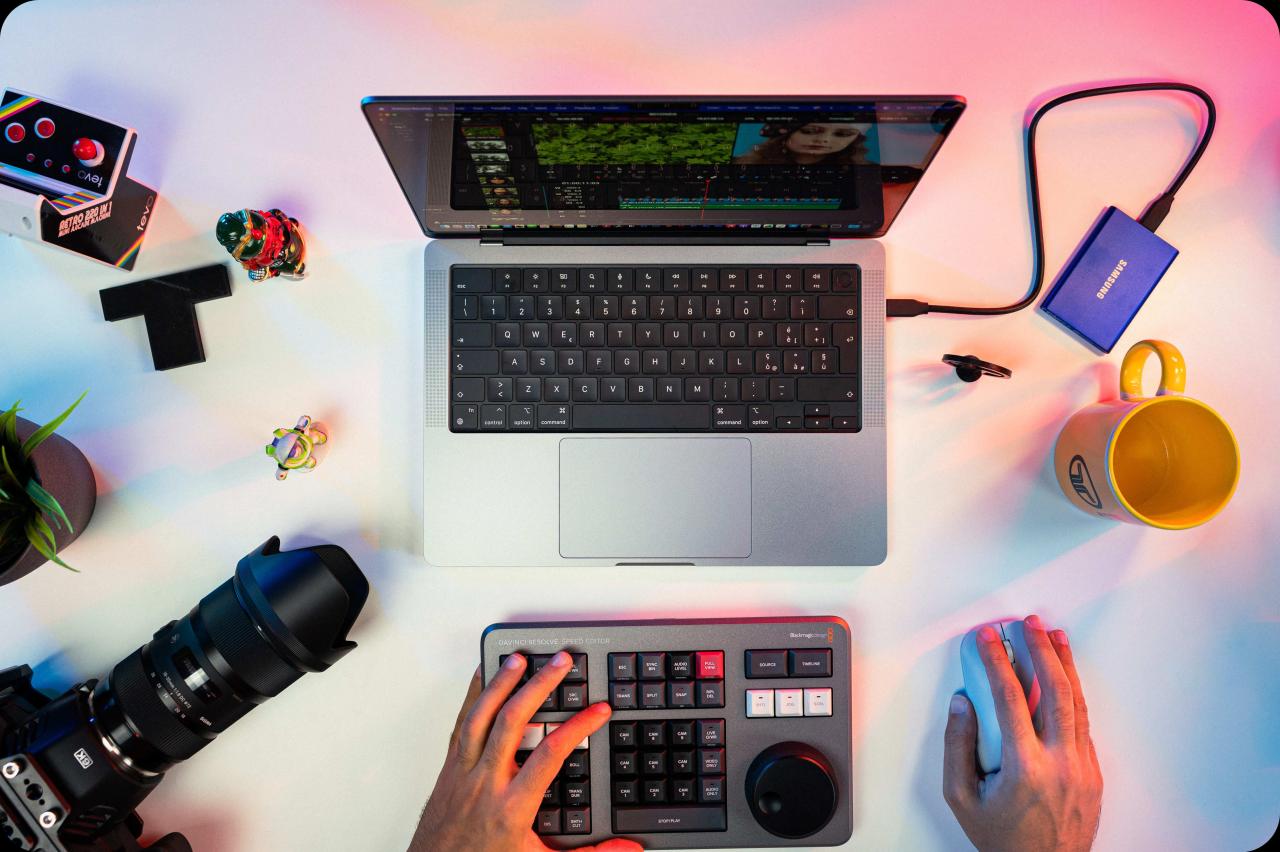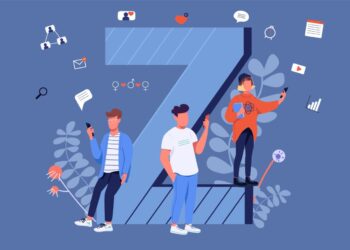The digital landscape, particularly social media, has revolutionized how young people express themselves and interact with the world. At the heart of this transformation are teen creators, a vibrant cohort leveraging platforms like TikTok, YouTube, Instagram, and Twitch to build communities, share their passions, and exert significant online influence. These young innovators aren’t just passive consumers; they are active architects of digital culture, shaping trends, opinions, and even industries with unprecedented reach and impact. Understanding their emergence, their methods, and the profound implications of their influence is crucial for anyone navigating the modern online world.
The Rise of the Digital Auteurs

The concept of a “creator” used to be reserved for established artists, writers, or filmmakers. Today, a 15-year-old with a smartphone and an idea can bypass traditional gatekeepers and reach millions globally. This democratization of content creation has empowered a new generation to find their voice and build an audience.
A. Tools and Platforms Enabling the Revolution
The rapid evolution of digital tools and platforms has been instrumental in the rise of teen creators. What once required expensive equipment and specialized skills is now accessible to virtually anyone with an internet connection.
- Smartphone Ubiquity: The high-quality cameras and editing capabilities of modern smartphones mean professional-grade content can be produced on a device that fits in a pocket. This low barrier to entry is critical.
- Intuitive Editing Apps: User-friendly editing software, often free or low-cost, allows teens to quickly refine their videos, photos, and audio, adding effects, music, and transitions with ease.
- Algorithmic Discovery: Platforms like TikTok and YouTube utilize powerful algorithms that can push content from unknown creators to a massive audience, often based on engagement rather than existing follower count. This allows for rapid virality and audience growth.
- Diverse Platform Ecosystems:A. TikTok: Short-form, highly engaging video is king, fostering trends, dances, and quick challenges. Its “For You Page” algorithm is a primary driver of discovery for new creators.B. YouTube: Offers longer-form video content, catering to tutorials, vlogs, gaming, and more in-depth storytelling. It allows for more complex narratives and niche communities.
C. Instagram: Primarily visual, focusing on photos and short videos (Reels). It’s a key platform for lifestyle, fashion, and visual arts creators.
D. Twitch: Live streaming platform, predominantly for gamers but expanding into other creative fields. It fosters highly interactive and engaged communities in real-time.
E. Snapchat: Emphasizes ephemeral content and direct messaging, popular for casual, authentic sharing among close friends.
F. Discord: Community-focused platform, allowing creators to build private servers for their most dedicated fans, fostering deeper engagement and direct interaction.
B. Motivations Driving the Creation Boom
Why are so many teens dedicating significant time and effort to creating content? The motivations are multifaceted, extending beyond just fame or financial gain.
- Self-Expression and Identity Formation: For many teens, creating content is a powerful way to explore their identity, articulate their thoughts, and express their creativity during a pivotal developmental stage.
- Community and Belonging: Online platforms offer a sense of belonging and connection with like-minded individuals, especially for those with niche interests or who may feel marginalized offline.
- Recognition and Validation: Likes, comments, shares, and follower counts provide immediate feedback and validation, which can be highly motivating for young creators.
- Monetization and Entrepreneurship: While not the sole driver, the potential to earn income through ad revenue, brand deals, merchandise, and fan donations is a significant draw, fostering an early entrepreneurial spirit.
- Skill Development: The process of creating content hones a wide array of skills, including video editing, graphic design, public speaking, storytelling, marketing, and audience analysis.
- Influence and Impact: The desire to inspire, educate, entertain, or advocate for causes they care about drives many teens to create, recognizing the power they hold to influence their peers.
The Power of Online Influence
The collective voice of teen creators has transcended entertainment, now wielding considerable influence over consumer trends, social norms, and even political discourse. Their authenticity and relatability often resonate more deeply with their peers than traditional media or celebrity endorsements.
A. Trends and Consumer Behavior
Teen creators are at the forefront of setting trends, driving product popularity, and influencing purchasing decisions among their demographic.
- Micro-Trends and Virality: A dance, a song, a particular aesthetic, or a product can go viral overnight, propelled by teen creators. This rapid dissemination of trends makes traditional marketing models seem slow and outdated.
- Authenticity over Polished Ads: Gen Z, the primary audience for these creators, is highly skeptical of traditional advertising. They trust recommendations from peers and relatable creators more than polished, corporate campaigns. Creators who genuinely use and endorse products gain immense credibility.
- Direct-to-Consumer Impact: Teen creators can directly drive sales for small businesses or niche products. A single unboxing video or a “get ready with me” segment can generate significant interest and sales for featured items.
- Brand Collaborations: Brands are increasingly shifting their marketing budgets from traditional advertising to collaborations with teen influencers, recognizing their unparalleled ability to connect with younger demographics. These collaborations can range from sponsored posts to long-term ambassadorships.
B. Social and Cultural Shifts
Beyond commerce, teen creators are actively shaping social norms, fostering inclusivity, and influencing cultural conversations.
- Representation and Inclusivity: Many teen creators showcase diverse identities, body types, abilities, and backgrounds, promoting a more inclusive and accepting online environment. They offer representation that is often lacking in mainstream media.
- Challenging Stereotypes: Through their unique content, teens are breaking down stereotypes and fostering empathy by sharing their personal experiences and perspectives.
- Language and Communication Evolution: Online platforms accelerate the evolution of slang, memes, and new forms of digital communication, with teen creators often being the primary drivers of these linguistic shifts.
- Mental Health Advocacy: A significant number of teen creators openly discuss mental health struggles, fostering destigmatization and creating supportive communities where young people feel less alone. They share coping mechanisms, personal stories, and advocate for greater awareness.
C. Political and Activist Engagement
While often associated with lighthearted content, teen creators are increasingly using their platforms for serious political and social activism, mobilizing their audiences for various causes.
- Mobilization and Awareness: From climate change advocacy to social justice movements, teen creators can quickly raise awareness about critical issues and mobilize their followers for collective action, whether it’s signing petitions, attending protests, or donating to causes.
- Youth Voice Amplification: They provide a powerful amplification channel for youth voices that might otherwise be unheard in traditional media. This empowers young people to engage with politics and societal issues on their own terms.
- Fact-Checking and Disinformation Combat: While the internet can spread misinformation, many teen creators are also using their platforms to fact-check, debunk myths, and educate their audience on complex topics, fostering digital literacy.
Challenges and Responsibilities

The world of online influence, while alluring, comes with significant challenges and responsibilities for teen creators, their parents, and the platforms themselves.
A. Pressures and Pitfalls for Young Creators
The spotlight of online influence can be intense, leaning to various pressures and risks for developing minds.
- Mental Health Strain:A. Performance Anxiety: The constant pressure to create engaging content, maintain follower counts, and go viral can lead to immense stress, anxiety, and burnout.B. Cyberbullying and Trolling: Exposure to negative comments, harassment, and even doxxing is a significant risk, which can severely impact self-esteem and mental well-being.
C. Comparison Culture: Constantly seeing other creators’ successes or curated “perfect” lives can foster feelings of inadequacy and envy.
- Privacy and Safety Concerns:A. Online Predators: Teens with public platforms can be targets for individuals with malicious intent, necessitating strict privacy protocols and parental oversight.B. Doxxing and Swatting: Sharing too much personal information can lead to severe real-world consequences, including harassment or dangerous prank calls to emergency services.
C. Data Security: Understanding how their personal data is used by platforms and third parties is often beyond a teen’s comprehension.
- Monetization Complexity:A. Inconsistent Income: Earning money through content creation can be highly unpredictable, leading to financial stress.B. Exploitation: Teens may be vulnerable to unfair contracts from talent agencies or brands if they lack legal guidance.
C. Tax Implications: Navigating taxes as a young earner in the creator economy can be complex and requires professional advice.
- Content Authenticity and Burnout: The demand for constant new content can lead to creative fatigue and pressure to compromise authenticity for virality or commercial gain.
- Impact on Education: Balancing the demands of content creation with academic responsibilities can be challenging, potentially impacting school performance and future opportunities if not managed carefully.
B. Ethical Considerations and Responsibilities
As their influence grows, so does the ethical responsibility on teen creators and those who support them.
- Transparency in Sponsorships: It’s crucial for creators to clearly disclose sponsored content to maintain audience trust and comply with advertising regulations.
- Age Appropriateness: Creators must consider the age and maturity of their audience when producing content, especially regarding sensitive topics or product endorsements.
- Promoting Healthy Behaviors: Influencers have a responsibility to avoid promoting harmful stereotypes, dangerous activities, or unhealthy body images.
- Digital Footprint Awareness: Helping teens understand that what goes online stays online, and their digital footprint can impact future opportunities, is vital.
Fostering a Supportive Ecosystem for Young Talent
To ensure that the rise of teen creators leads to positive outcomes, a concerted effort from various stakeholders is required.
A. Parental and Guardian Support
Parents play a pivotal role in guiding their teen creators through the complexities of online influence.
- Open Communication and Digital Literacy: Foster ongoing conversations about online safety, privacy, cyberbullying, and the mental health aspects of being a creator. Educate them on critical thinking about online content.
- Set Clear Boundaries: Establish screen time limits that balance creation with academics, physical activity, and offline social interaction. Help them understand the importance of breaks.
- Monitor and Guide: Actively monitor their online activities, not just for safety but also to understand their content, audience, and potential challenges. Offer guidance and support without being overly restrictive.
- Professional Guidance: For teens gaining significant traction, seeking advice from legal and financial professionals (specializing in entertainment or digital media) can protect them from exploitation and manage earnings responsibly.
- Prioritize Well-being: Emphasize that their mental and physical health is paramount, even over follower counts or viral trends. Encourage them to take breaks when needed.
B. Platform Accountability and Design
Social media platforms have a crucial responsibility to create safer and more supportive environments for their youngest creators.
- Enhanced Safety Features: Implement robust age verification, stricter content moderation, and more effective reporting mechanisms for cyberbullying and harmful content.
- Mental Health Resources: Provide in-app resources, tools, and direct links to mental health support services for creators experiencing distress.
- Transparency and Education: Clearly communicate guidelines, terms of service, and monetization policies. Offer educational resources for young creators on digital literacy, online safety, and responsible influencing.
- Ethical Algorithmic Design: Design algorithms that prioritize well-being and positive engagement over endless scrolling or sensationalism, potentially incorporating features that encourage breaks.
- Protecting Child Labor: Where applicable, ensure that the work of young creators adheres to child labor laws, especially concerning working hours and earnings.
C. Educational Institutions and Policy Makers
Schools and governments can also contribute to a healthier creator ecosystem.
- Digital Citizenship Curricula: Integrate comprehensive digital citizenship and media literacy programs into school curricula, teaching students how to be responsible creators and discerning consumers of online content.
- Support for Creative Arts and Digital Skills: Recognize and foster the digital creativity of students by offering relevant courses in video production, graphic design, coding, and online storytelling.
- Research and Data Collection: Invest in ongoing research to better understand the long-term psychological, social, and developmental impacts of being a teen creator.
- Regulatory Frameworks: Develop clear guidelines and regulations for youth influencing, particularly concerning advertising, data privacy, and child protection within the digital sphere.
Conclusion
Teen creators are more than just a fleeting phenomenon; they represent a fundamental shift in how influence is generated and consumed. Their authenticity, creativity, and direct connection with their peers make them incredibly powerful forces in shaping culture, commerce, and conversation. While the opportunities for self-expression, community building, and even entrepreneurship are immense, the unique pressures and risks associated with early online fame demand a concerted effort from all stakeholders.
By fostering open communication, implementing robust safety measures, promoting digital literacy, and prioritizing well-being, we can collectively empower the next generation of online influencers to navigate their digital lives responsibly and harness their immense potential for positive impact. The future of the internet, and indeed much of popular culture, will continue to be written, filmed, and live-streamed by these dynamic young minds. Understanding and supporting them is not just about keeping up with trends; it’s about investing in the future architects of our interconnected world.










Discussion about this post